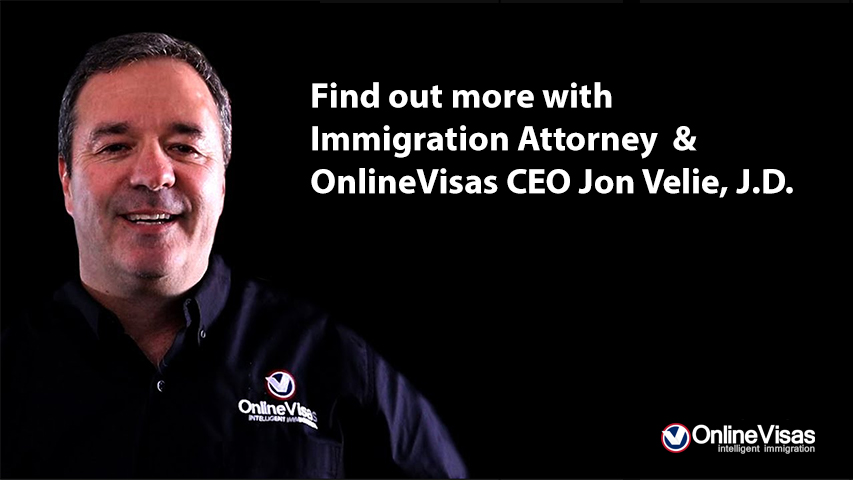The tech industry in the United States plays a critical role in determining economic growth. As the tech industry continues to sprawl into the uncharted territory of innovation, there is a growing demand for workers. But getting the visas required to bring in the necessary people to fill jobs is no simple task.
There are four distinct categories of visas for the tech industry:
1. H-1B Visa to EB-2 or EB-3 Green Card
The H-1B is a temporary visa for professionals with specialized/technical knowledge. Jobs that suit the H-1B visa require a university degree or equivalent (three years of work experience for each academic year).
The H-1B visa can lead to two types of green cards:
- EB-2 for advanced degree professionals or a foreign national with exceptional ability in their area of specialization.
- EB-3 for skilled or unskilled workers. Having a bachelor's degree is enough to qualify for this category.
The EB-2 and EB-3 require that the American company recruiting the individual go through the Labor Certification Process.
2. O-1 Visa to an EB-1a Green Card
The O-1 is a temporary visa reserved for leading professionals with Extraordinary Ability, whether in the arts, sport, business, education, or the sciences.
- EB-1a visas are employment-based green cards available to foreign nationals who demonstrate extraordinary ability in their field, whether the sciences, the arts, education, business, or athletics. Evidence proving extraordinary is by "sustained national or international acclaim." The EB-1 visas typically have a faster turnaround time than the EB-2 or EB-3 green cards.
It is a challenge to show that an individual has become one of the best, especially if they are new to the industry. Media coverage, scientific and trade publications, patents, and awards, among other things, can be used to demonstrate extraordinary ability and even define an industry.
3. L-1 Visa to an EB-1c Green Card
The L-1 is a temporary work visa that allows a U.S. company to transfer executives, managers, and specialized employees from offices abroad into the United States.
- EB-1c visas are the green card equivalent of an L-1. The EB-1c allows executives or managers of multinational corporations to continue working for the organization or business and permanently live in the United States.
In reviewing L-1 and EB-1c petitions, USCIS considers elements such as the relationship between companies, the company's size, the job level of the transferring employee, and the number of employees. Unless the L-1 employer is already well-known (e.g., Coca-Cola), it is often necessary to provide in-depth documentation to meet standards and requirements such as the number of employees and a credible business plan.
A common issue for these types of visas is when an executive is the owner and has 100 percent of the company. An effective strategy to resolve this matter is establishing a board of directors and creating employment agreements indicating that the person is a fireable employee. Use caution; this strategy can only be successful when done correctly.
4. Investor Visas
- E-2 Treaty Investor Visa is part of the family of U.S. visas available to citizens or nationals of one of the 30+ countries that have trade treaties with the United States and can lawfully invest in U.S. companies. A $100,000 investment into a U.S. company, 50% ownership, and a credible business plan will qualify the individual for an EB-2 visa.
- EB-5 Investor Visa requires an investment of $1.8 million or more (or at least $900,000 in certain rural areas or regions with high unemployment). The company also has to employ at least ten full-time American citizens or legal permanent residents.
What is the Labor Certification Process?
The Labor Certification Process proves to USCIS that no other U.S. workers have the minimum qualifications or are willing to take the position.
The PERM process is complicated and time-sensitive; it requires the company to:
- Establish the prevailing wage for the job;
- Determine the minimum job requirements that qualify as essential;
- Get a Specific Vocational Preparation (SVP) Rating;
- Advertise for the job in a specific way;
- Complete a rigid recruitment process;
- File the Labor Certification form DS989 and the I -140.
The Labor Certification process is lengthy, with wait times that depend on the individual's country of origin. Since many people are entering the tech industry from India and China, the wait can be up to ten years for people from those countries.
Note: H-1B holders can get indefinite extensions if the petitioning company files an EB-2 or EB-3 before the end of the fifth year.

